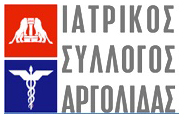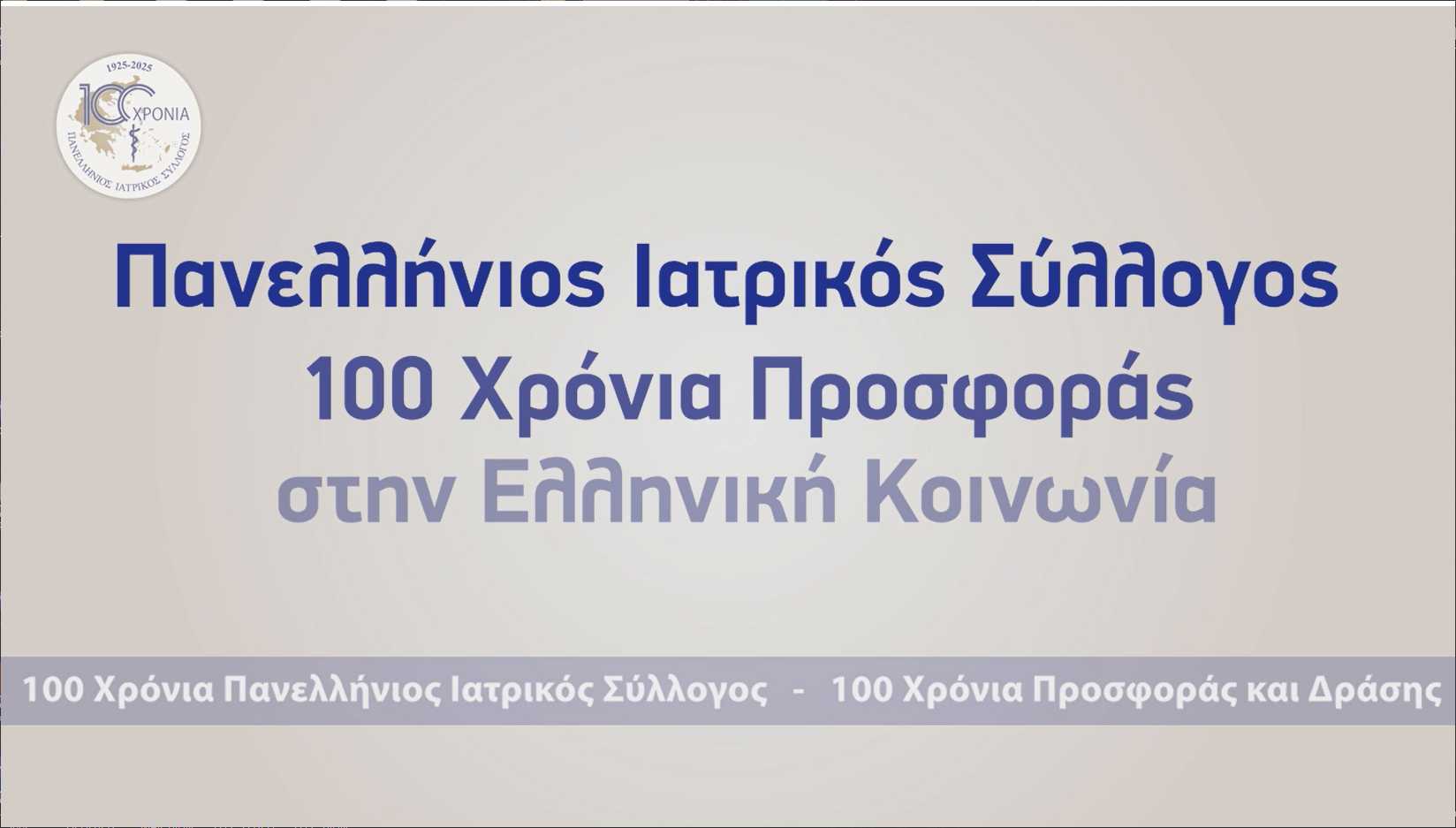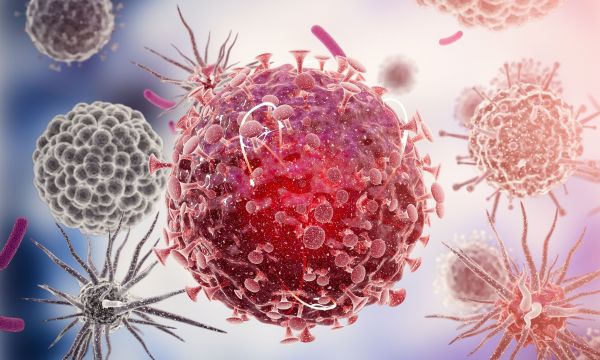COVID-19 infection with abdominal pain but without cough
When Covid presents as an acute abdomen, the diagnosis can be hard to make
Case Presentation on NEJM360
Date of Presentation 22nd March 2020
Dr Tom Chase, CT2 Ms Rachel Aguilo and Ms Tamzin Cuming Consultant Surgeons
47 year old lady, previously fit and well, non smoker, initially presented to our facility in London, UK with abdominal pain and vomiting. She denied chest pain or a cough. Examination revealed general abdominal tenderness only. Temperature 38.8. Her CXR suggested possible COVID-19 with mild bilateral peripheral ground-glass changes. Her labs were CRP <5, WCC 6, Urea and Electrolytes normal. She was discharged home with advice to self-isolate (no COVID test taken as per UK policy), diagnosis gastroenteritis with possible COVID-19.
The patient re-presented 2 days later on 24th March around 0200. The abdominal pain had worsened, specifically epigastric pain with radiation to her back. Vomiting was on-going intermittently since 23rd and she had general fatigue and myalgia, but denied cough or chest pain.
Physical exam Patient was “rolling around in pain”.
On examination, there was general abdominal tenderness, but no other specific findings. No peritonism.
Pertinent Laboratory values
CRP 5, WCC 8.8, urea and electrolytes normal, amylase 43. Mild transaminitis (ALT 44 from 20 two days previously). However, there was significant derangement on blood gas: lactate 7 (pH 7.39).
This prompted concern regarding an acute surgical abdomen with pancreatitis or mesenteric ischaemia on the listed differentials and instigated a surgical referral.
Pertinent Imaging
ED ultrasound was negative, but suggested pericardial fluid. A CT scan of the chest, abdomen and pelvis at 0314 was performed which confirmed a small pericardial effusion, scattered areas of ground-glass opacities bilaterally in the lower lungs (Fig 1), reported as category 3 findings (indeterminate for COVID-19). There were no acute findings in the abdomen.
Treatment and Outcomes
Surgical team saw patient and referred for senior surgical review. Requested fluids, analgesia, labs repeated.
Repeat bloods at 0727 showed a CK of 5072 and Troponin 5126. Na 131, Creat 49, Urea 5.8 and WCC 13. Her lymphocytes remained normal with neutrophilia. Her lactate remained elevated at 11. ECG showed sinus tachycardia with T wave flattening.
The patient continued to deteriorate with increasing tachycardia, tachypnoea and hypotension despite aggressive fluid resuscitation under the surgical team. She became clinically shut down with no recordable blood pressure (although good cerebration and carotid pulse). A bedside ECHO showed an EF of 10% with non-dilated right and left-ventricles and poor systolic function. She was transferred to ICU, needing noradrenaline and dobutamine infusion.
Her labs deteriorated rapidly over the day. At 1700, Na 140, K 4.6, Creat 112, Urea 7.9, ALT 73, CK 9802, CRP 32, Hb 187, WCC 31. Lymphocytes normal. A repeat CXR at 1830 showed no interval change in the bilateral lower zone patchy ground glass opacification, small pleural effusion.
The patient continued to deteriorate and had a cardiac arrest at 2000 with return of spontaneous circulation after one cycle of CPR. She was intubated and referred to the local ECMO unit. At first too unstable for transfer, she was then deemed unsuitable for ECMO due to a likely unrecoverable event. She died the following morning, secondary to suspected covid viral myocarditis.
Her viral swab PCR subsequently returned negative. Diagnosis of Covid-19 on CT findings.
Discussion:
This case highlight a few important points regarding presentation of COVID-19.
– Symptoms can present acutely as those masking an acute abdomen, despite no intra-abdominal findings on CT scan with none of the more common symptoms of the disease.
– Surgeons treat hypotension and metabolic acidosis with fluids – this worsens the situation in severe covid-19 particularly if complicated by myocarditis with heart failure
– Blood tests may unreliable in predicting severity of disease, with inflammatory markers normal on presentation. The abnormalities initially were lactate, troponin and CK. All of these have a grave prognosis in covid-19, but initially this diagnosis was not considered. Her lymphocytes remained within normal range throughout but neutrophil:lymphocyte ratio increased to >3.
– Imaging alone may not be useful in determining severity if that is driven by cardiac dysfunction.
– Her viral swab returned negative so despite a clinical impression of covid-19, her death was not included in the UK figures of death from covid-19 disease.





